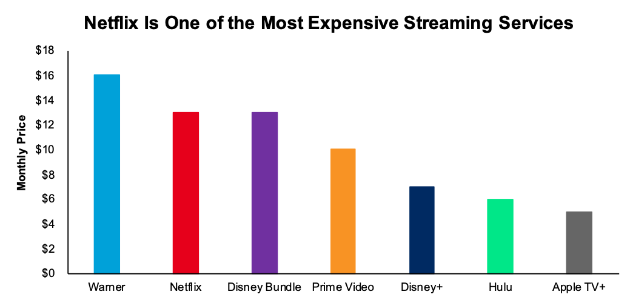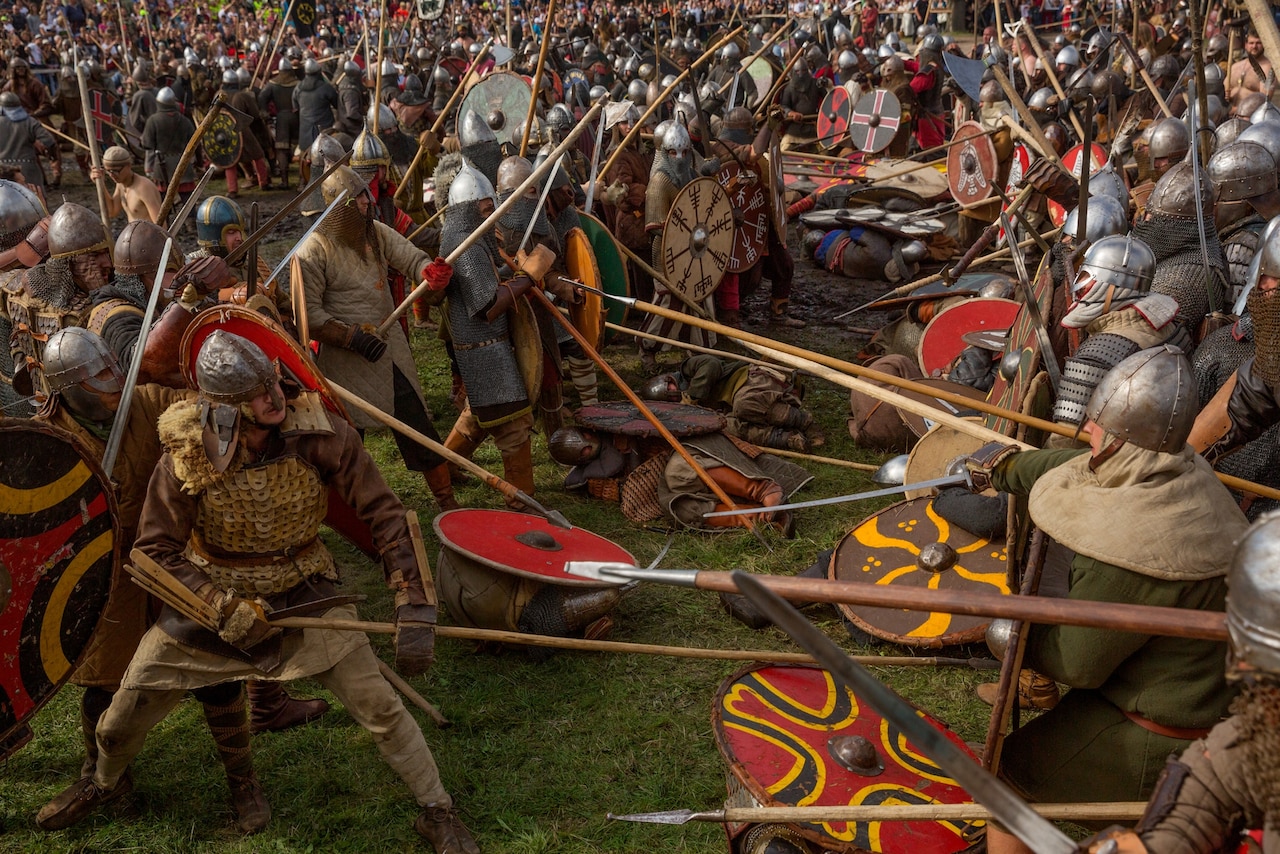Invading Hordes
Changes that come suddenly, that are overwhelming and life-changing, can destroy a world of familiarity and predictability but innovation often rises from this destruction to form new business models.
When the unexpected visitors arrive.
In 793 at Lindisfarne, in northern England, a small monastery of monks going about their monkish business is attacked in the first recorded Viking raid. This changes the European world forever. Dramatic, horrific, and frightening — but also an opportunity. Within 100 years England began to unify, France became a nation, Iceland was discovered and North America had a Viking settlement. Dynamic changes and paradigm shifts happen which create new worlds and new market opportunities. Coincidence? We don’t think so…read on.
The end of normal as you know it.
These dramatic momentous shifts of dynamic proportions are what build the “new”. The perception that your reality has changed because of “them’ is often the rhetoric we hear, whether in the current news or in past hysterical headlines of the McCarthy era. It’s always about them, the invaders who are there to destroy your reality.
In the middle of dramatic changes, it’s hard to see the opportunities, the changes that help you deal with the new without losing the old entirely. With the advent of Amazon Prime and the ability to have everything delivered, thousands of businesses large and small felt attacked and invaded by the Amazon horde. Local retailers and also national small retailers and makers affected by this immense disruption decided to shift by using the online ordering concept as part of their model with Amazon in many cases being their online store and delivery service.
With the advent of Amazon Prime and the ability to have everything delivered thousands of businesses large and small felt attacked and invaded by the Amazon horde.
There are always winners and losers.
The paradigm shift in office space use globally is another sign of change — the pandemic has dramatically shifted how people can work in digital and connected environments. This was inevitable. Virtually everyone working in offices was digitally connected anyway, so why not work from home? But what will the new office world look like as it comes back, because it will come back in a new form.
The blame goes to the outsiders, in this case, covid, or it could be tech workers and sometimes insiders who are redefined in a paranoid moment as the outsiders. While the moment of change is occurring there comes a shift where the familiar norm reinforcing our worldview is gone and the new paradigm is formed and suddenly is being broadly shared.
These changes become a hard reality when war sets in and ideologies clash — one side wins and now imposes its new way of thinking, doing, and being on others.
Innovation comes from a new mindset.
This is all happening with change, dramatic or otherwise, and people respond fairly quickly, learning to let go and embrace this challenge. But sometimes the change is not something we can easily accept. The question is, can we adjust to the new? Or do we live in denial of change? This becomes the Darwinian challenge of big players creating new markets and businesses scrambling to adapt.
RadioShack died from not seeing the future and Netflix may be next.
Radio Shack at one time had more retail locations in more cities and suburbs than almost any retailer in the country. Perhaps 90% of Americans were living within 5 miles of a Radioshack. The unfortunate thing is with thousands of stores you’d think they make a shift in what they sold to match the changing electronics market With an asset like this, how could they not see how the world was changing — with online stores and big-box retailers, who needed Radio Shack?

And now Netflix, which literally invented the streaming channel for TV shows and movies, is facing huge losses of subscribers to hundreds of free service competitors supported by advertising. They ignored this growing competition over the last five years and now they can’t escape it. They are one of the priciest options in a highly competitive market.
Being the leader and winner in your category is only temporary and often blinds brands to seeing the rising threats from more innovative competitors
Innovative solutions from new companies that see gaps to fill, create new markets and new business models where they see opportunities. This is the way economies, businesses, and people survive and learn to thrive again or they gradually dwindle away, becoming irrelevant as the market, businesses and consumers move on.
Change…or die.
